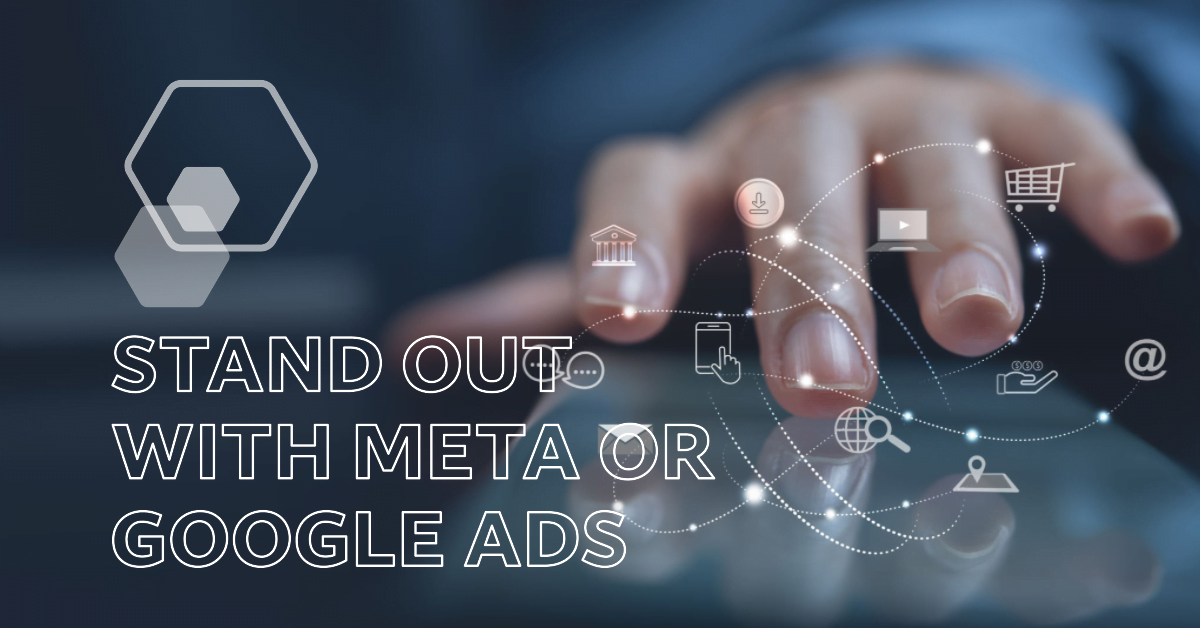Introduction
Determining where to allocate your advertising budget for your new direct-to-consumer (D2C) brand is a critical decision that can significantly impact your success. When considering platforms like Facebook/Instagram and Google, it’s essential to align your advertising strategy with your brand’s objectives. In this article, we will explore the key objectives for D2C brands and how they can inform your decision on whether to prioritize Facebook/Instagram or Google ads.

Defining Your Objectives: The Cornerstone of Success
Before we dive into the specifics of advertising on Facebook/Instagram or Google, let’s begin by defining the objectives for your D2C brand. Setting clear objectives will guide your marketing strategy and help you allocate your advertising budget effectively. Here are some common objectives for D2C brands:
Brand Awareness
Establishing brand awareness is essential for new D2C brands. By increasing visibility and recognition, you introduce your brand to potential customers and lay the foundation for future marketing efforts. Brand awareness builds trust and encourages customer loyalty.
Customer Acquisition
Attracting new customers is a top priority for D2C brands. The focus here is on reaching the right audience, driving traffic to your website or online store, and converting visitors into paying customers. Effective customer acquisition strategies are key to sustained growth.
Sales and Revenue Generation
Ultimately, the goal of any D2C brand is to generate sales and drive revenue. This objective involves optimizing your marketing efforts to maximize conversions and increase sales. Tactics like upselling and cross-selling can boost revenue and customer lifetime value.
Customer Engagement and Retention
Building strong relationships with your customers is crucial for long-term success. Engaging with your audience through various channels fosters loyalty and encourages repeat purchases. Customer retention is as important as acquisition and significantly impacts your brand’s growth.
Market Expansion
As your D2C brand grows, expanding into new markets can be a strategic objective. This could involve targeting new demographics, exploring international markets, or introducing new product lines. Market expansion requires research, understanding consumer behaviour, and tailored marketing campaigns.
Determining the Advertising Platforms
Now that we have established the objectives for your new D2C brand, let’s explore the benefits and considerations of advertising on Facebook/Instagram and Google.
Facebook/Instagram Ads: Targeted Engagement and Discoverability
Facebook and Instagram offer robust advertising opportunities with extensive audience targeting capabilities. These platforms understand their users’ interests, behaviours, and demographics, allowing you to serve relevant content and ads. For new brands, creating discoverability and followership is essential.
On Facebook, people don’t typically search for specific products. However, the platform excels in capturing users’ interests, presenting an opportunity to introduce your brand and create awareness. The relatively lower entry barrier and visually appealing nature of Facebook/Instagram make them ideal for brands relying on compelling imagery or video content.
Google Ads: Intent-Driven Conversion and Reaching the Purchasing Stage
Google Ads are highly effective when targeting users actively searching for products or services like yours. With intent-driven advertising, you can reach an audience already in the buying zone. Google’s keyword targeting allows you to bid on specific search terms related to your brand, increasing your chances of reaching relevant audiences.
Users on Google are often closer to the purchasing stage, making it an effective platform for driving conversions and sales. Additionally, Google offers various ad formats, providing flexibility in reaching your target audience. However, competition for top ad spots can be intense and costly, especially for new brands without extensive account history.
Crafting an Effective Strategy
To create a winning advertising strategy for your new D2C brand, consider the following approach:
Establish Brand Awareness:
If you belong to a highly competitive category or lack awareness, focus on creating discoverability and followership on Facebook/Instagram. Leverage cost-effective advertising options to build brand recognition and generate interest.
Drive Consideration and Conversion:
Once you have established a presence on social media, you can venture into Google Ads. By this point, your target audience will likely be more familiar with your brand, reducing the risk of expensive ads and low conversion rates.
Align with Objectives:
Continuously evaluate your objectives and adapt your marketing approach as your brand evolves. Prioritize customer acquisition, sales generation, customer engagement, and retention, while keeping an eye on market expansion opportunities.
Conclusion
As a new D2C brand, the decision between Facebook/Instagram and Google advertising requires careful consideration. Define your objectives clearly and align them with your chosen platforms. Leverage the targeted engagement and discoverability of Facebook/Instagram to build brand awareness, and later venture into Google Ads to capture intent-driven audiences. Adapt your strategy based on your brand’s unique needs and remember to evaluate and refine your approach as you grow.
By making informed decisions and tailoring your advertising strategy to your specific objectives, you can maximize the impact of your marketing efforts and pave the way for the success of your new D2C brand.

